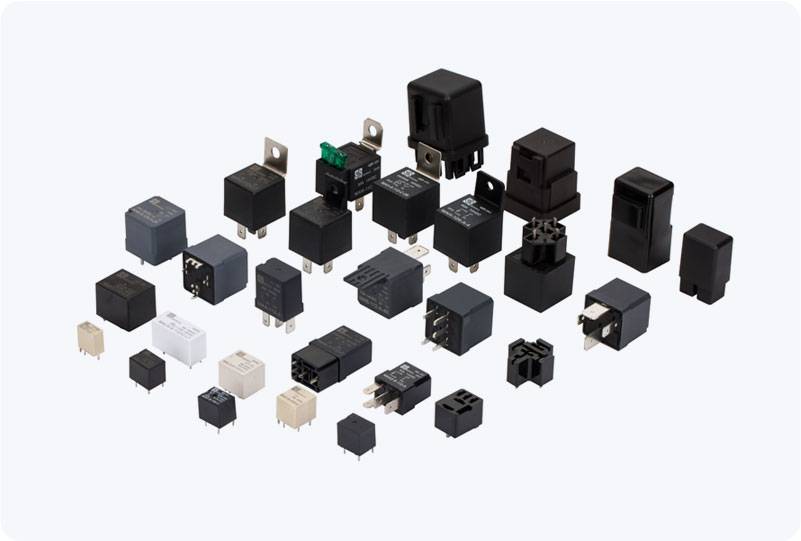relay vs fuse in car: understanding their roles in vehicle electrical systems
Release time:2025-07-22 18:46:39
When it comes to modern vehicles, the electrical system is one of the most critical components for ensuring the functionality and safety of the car. Among the key elements of this system are relays and fuses. While both serve to protect and control the electrical components, they do so in vastly different ways. Understanding the roles and differences between a relay and a fuse is essential for anyone interested in car maintenance or troubleshooting electrical issues. This article explores the functions, differences, and applications of relays and fuses in a car.

What is a Relay?
A relay is essentially an electrically operated switch used to control a circuit. It allows a low-voltage signal to control the operation of a high-voltage circuit. In simpler terms, a relay uses a small current to switch on a large current. This is particularly useful when the control system (like a switch) is not able to handle the high currents required by certain components of the car, such as the starter motor, headlights, or air conditioning.
Relays typically consist of an electromagnet, a movable armature, and contacts. When a small voltage is applied to the electromagnet (the coil), it generates a magnetic field that moves the armature. This action closes or opens the contacts, allowing or interrupting the flow of a larger current to the component being controlled.

